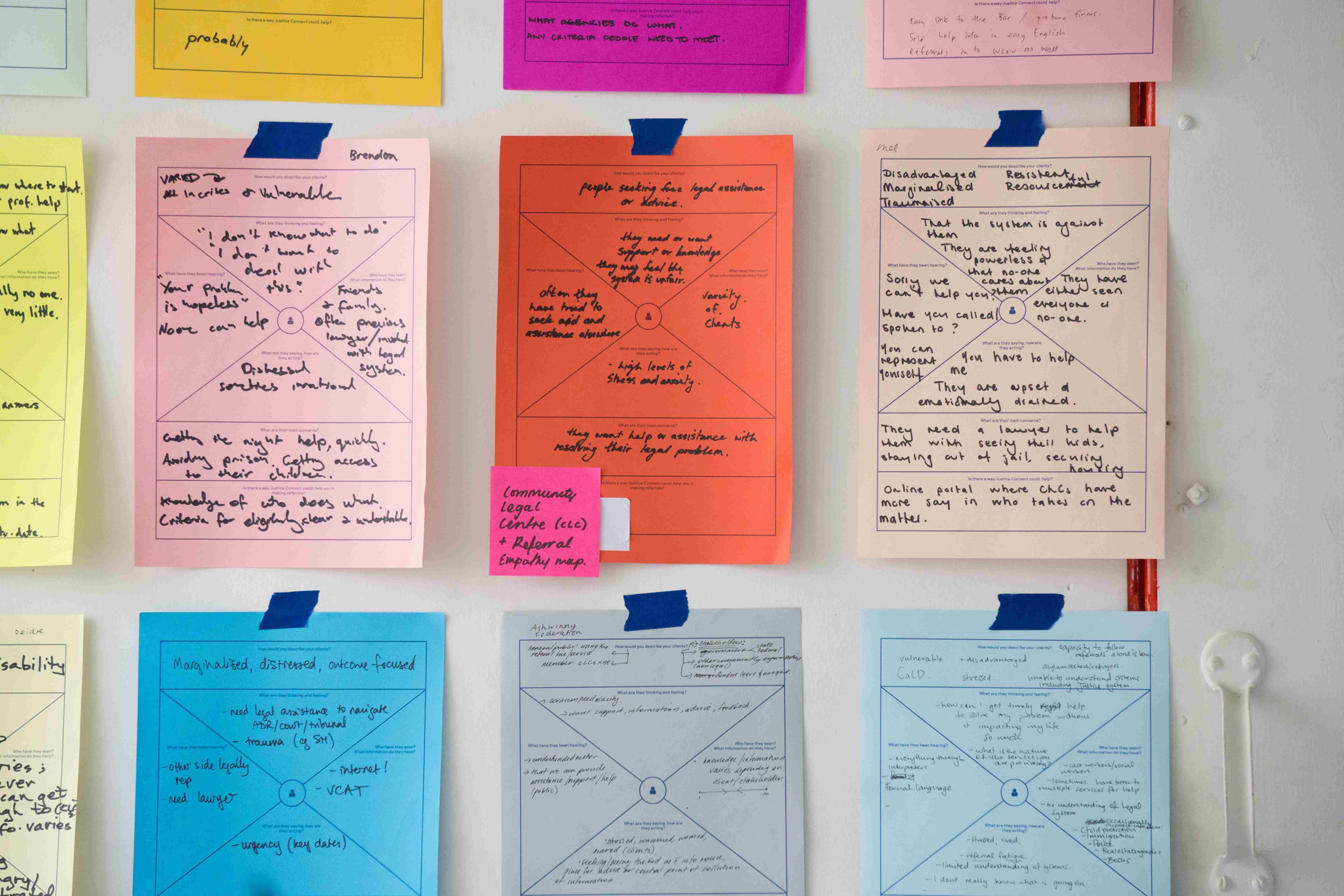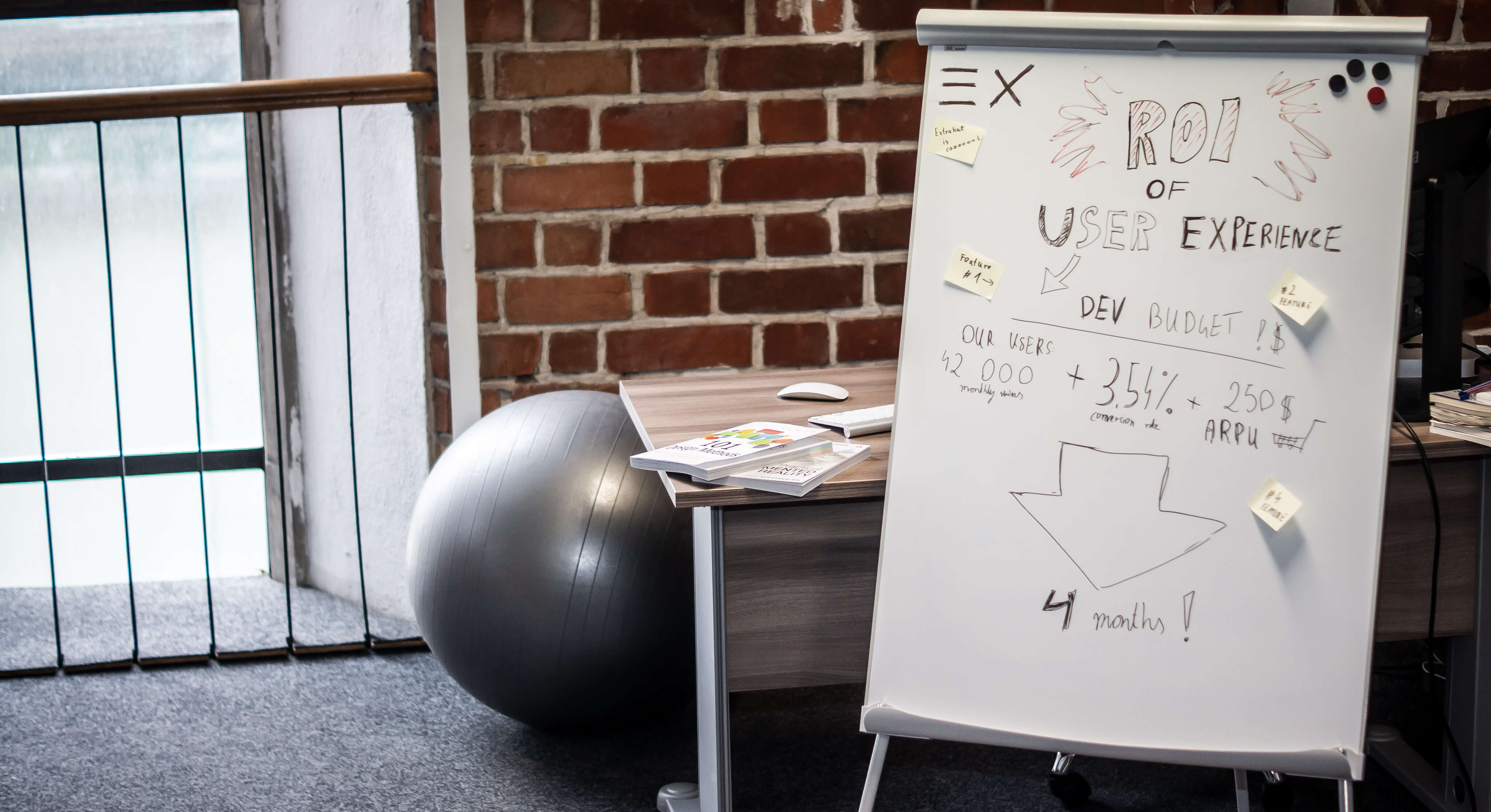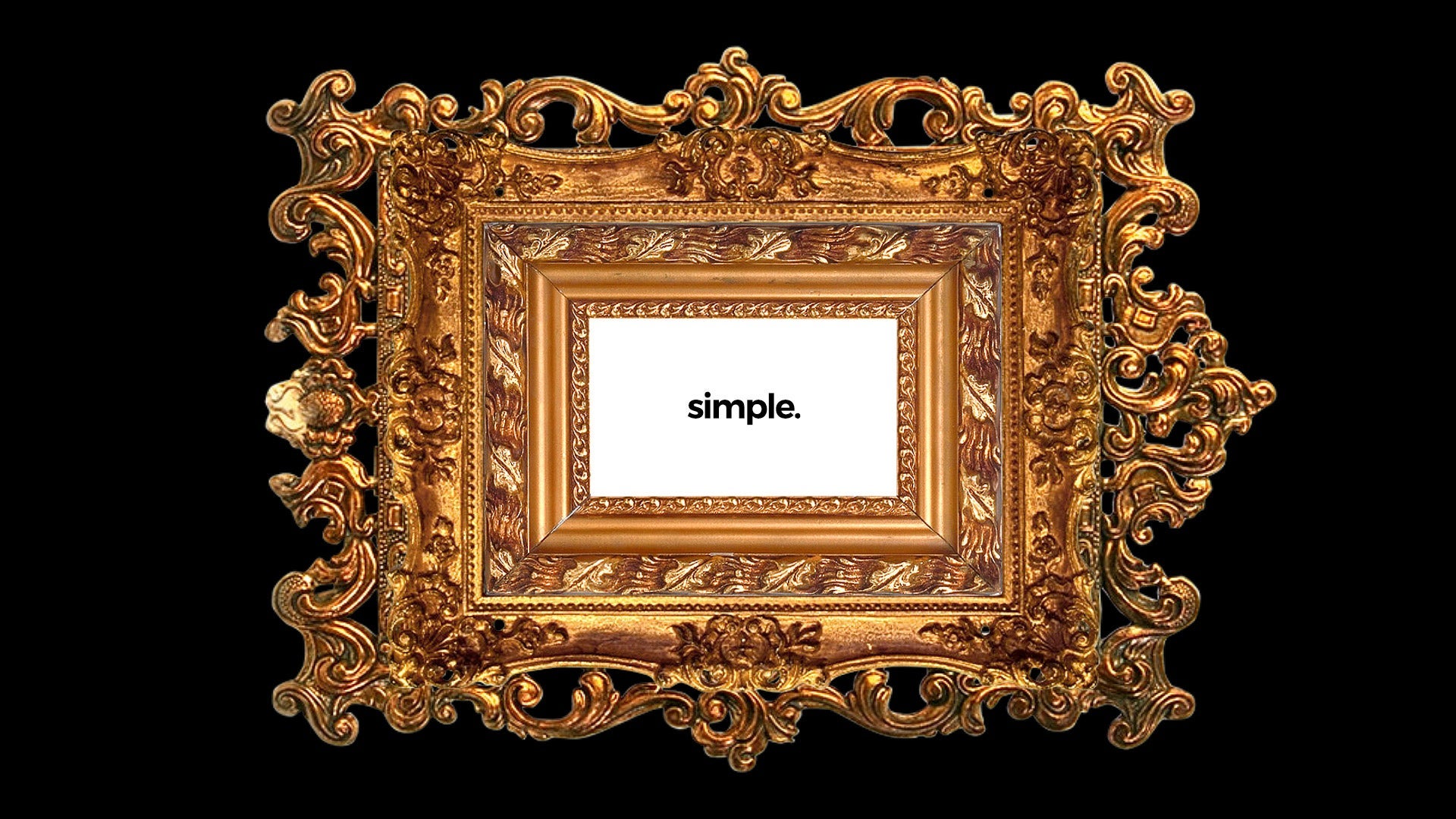User Experience allows you to translate your idea into applicable solutions and enables testing them with your potential users.
If you don’t hire UX designers yourself, you may need to outsource the work to UX agency. The right agency will ensure the perfect fit of product to the target group and boost the incomes from your product.
From the other hand, with a bad agency, you may spend much money on a product, which delights no one.
Getting a design estimate is an important part of planning your project. Turning your idea into wireframes, testing them with the target audience, and implementing UI based on the feedback, are the essential steps to take before even starting the development.
In this article, I will advise you how you can minimise the risks while getting the proposal from the the agency, and how to act based on the answers you will get.
1. Define your goals, but don’t define the process
You may already know that UX is not only pretty pictures but also taking care of user needs and good usability adjusted to the target group. You can’t deliver great digital experience without understanding users.
On the other hand, there are budget and time constraints. So, if the agency proposed you no user analysis and no usability tests – you shouldn’t be satisfied. If they recommend you full process with all possible UX activities – it might be too much for your budget.
Treat UX agency like they were also consultants; their actions will affect the growth of your product. Tell them what your goal and the current state is – but defining the process which will lead to the goal should be their job.
Comparing different processes between agencies proposals is crucial to choose the best offer. If you don’t understand specific steps in reviewed processes, ask the agency – it’s also their role to educate clients.
You also should know which steps are necessary for the project and what are possible cheaper alternatives.
Make sure that proposed process will be convenient for you (divided into stages, so you would be able to see the progress of work every week) and that agency is going to test risky design assumptions, first.
2. About presentation of proposal
Some agencies, as a proposal can send you only a pricing table with different services. Others will send more detailed processes with prices and assumed duration.
The way an agency contacts you about your request for proposal can tell you something about their processes and communications standards.
- Do they include personalised messages?
- Have they answered your questions thoroughly?
- How long did it take them to answer you?
- Did they ask for more details so that they could prepare a more informed answer?
- Did they try to understand your goals and needs?
The way the agency approaches their potential clients is an important sign and a potential red flag. If the communication goes badly now, imagine how hard it may be to work with them further on.
3. Narrow scope of offer or end-to-end solutions?
From one side there are agencies, which are specialised in a very narrow type of services – for example only graphics, or UX research and prototype. On the other hand, there are agencies, or rather software houses with the design department, which can develop the product from idea to the product.
One thing is sure – even if your vendor is specialised in a small scope, they should know the rest of the development process. There are many reasons for that:
- If an agency doesn’t offer user testing, they should know how to prepare a prototype which can be used in usability tests.
- Design agencies should propose solutions, which are possible to implement by developers.
- Agency should feel a responsibility for development phase even if they don’t participate in it. Imagine that designed screens contain many different design patterns. Often, it’s a very inconvenient situation for developers, because they need to spend much time to program all of them, while many patterns are redundant.
- Sometimes at the development stage, it turns out, that not everything what designer proposed is possible or reasonable to deliver. Then, a designer should redesign this part (use a different pattern, for example), but of course, it’s not possible if a designer is not engaged in the project anymore.
- Even with the best design specification programmers may have doubts about how specific functionalities should work.
That’s why it’s vital to involve designers in each step of product development, and you should look for ways to make it possible, even if you decide to cooperate with small design agency without development department.
4. Is the lack of questions a good sign?
If an agency doesn’t request any more details about your project, does it mean they are so smart and experienced, or is it a bad sign?
Of course, it may depend on how detailed your RFP was, and how many details you’ve already included yourself. It may be that your brief was enough for an agency to create a proposal with no additional questions.
In most cases, though, an RFP or a brief is not enough, and some agencies even suggest workshops to understand your idea better and come up with personalised solutions.
Ask your vendor for a meeting or a call, discuss your project issues, and make sure they have a big picture of your idea. If you have any doubts, ask questions yourself, so you get to know the team you’re about to work with a little bit better.
5. Budget issues
You may wonder if it’s a good idea to tell an agency what your maximum budget is. From one side, an agency may make use of it and suggest the maximum budget you can afford, but on the other hand, it would help them to plan a design process.
Well, we advise you not to share the information about the maximum budget before you see the rates and activities planned by the agency. Then, only if you are familiar with those details, you can tell them about your maximum financial resources.
Sometimes, it may be challenging to say what is the scope of the project. If it happens, instead of trying to get a fixed price from an agency, ask for the cost of project analysis. Finally, it may turn out cheaper than estimating a project without a specified scope - in this situation, vendors need to increase estimations due to risks connected with the uncertainty of labour consumption.
Summary
Except for points which you saw above it’s also good to include time constrains in your RFP. For sure, it will help the agency to indicate if it’s possible for them to do the project, and it’s also a priceless suggestion for planning the design process.





